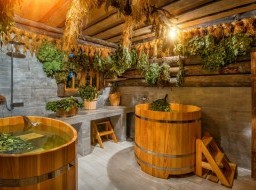Victory Park on Poklonnaya Hill
Victory Park is on the Poklonnaya Gora (hill) in Moscow. The park is the main memorial complex in Russia devoted to the victory of the Soviet Union in World War II. The remem-brance of the Victory is very important for Russia, as the Russian (and other nations of the former USSR) suffered much more from the World War II than all other nations taken one with another. That’s why the Victory Parade in Russia is always conducted on such a large scale.
It is believed that about 52-55 million people were killed in the Second World War, out of which 27 million were the Russian (the German - 9.7 million, the American – 325 thousand, the English – 20 thousand, the French – 20 thousand). The remembrance of World War II is at least tragic for the Jew than for the countries of the former USSR. There were killed about 6 million Jews in the war.
Poklonnaya Gora is a big sloping hill dominating Moscow. It isn’t as tall as, say, the viewing point on the Sparrow Hills (Vorobyovy Gory), however, there once went the main road (Smolenskaya), connecting Russia with the countries of Europe. All those who have come to Russia for the first time saw the panorama of Moscow and domes of its numerous churches just from this spot. People «bowed» to Moscow here, hence the name «Poklonnaya Gora», literally ‘bow-down hill’. On this hill Napoleon waited for the keys from Moscow, and after the Russian defeated the French armies in 1812, the Triumphal Arch was erected on the Smolenskaya Road, which was called Kutuzov Avenue. After the victory over Germany in 1945, the memorial complex was also opened here. After that time Poklonnaya Gora was given the second name – Victory Park. The memori-al part of the park is divided into 5 big terraces by the number of war years. At the foot of the hill, near Kutuzov Avenue, there located the first terrace, symbolizing the year of 1941, the year when the Soviet Union entered on the war. The fountain bowls are along the terraces – totally 15 bowls having 15 fountains each. 225 fountains signify the number of weeks that the war lasted. In the evening red illumination is often turned on symbolizing the blood shed by Soviet soldiers in the war. The Square of Victors is above the last, fifth terrace «1945», where the stele of 141.8 me-ters is located. This height signifies 1418 days of the war. At the foot of the stele the sculpture of St. George slaying the dragon – the saint patron of Russia – is installed. At the top of the stele the goddess of victory, Nike, stretches her wings over the terraces of the park. A huge colonnade with a dome can be seen behind the stele. The semicircle of this colonnade is the Central Museum of the Great Patriotic War 1941-1945. There has been col-lected a vast collection of various exhibits related to the war: combat equipment and weapo-nry, things from the diggings, personal effects of Russian military leaders, letters from the war front. There's also kept the Banner of Victory, which was put by the Soviet soldiers above the Reichstag in Berlin. It is the very banner that is displayed during the military parade on the Victory Day. The grandiose Hall of Glory is in the middle of the museum. It is just above the Hall that the dome is that you can see above the colonnade. In the center of the Hall of Glory, on the granite pedestal, there stands the statue of the Soldier-Victor. The names of 11717 Heroes of the Soviet Union are inscribed in gold on the walls of the Hall of Glory. In the 90th of the past century there was built an orthodox church together with a mosque and a synagogue in the Victory Park. They were devoted to the warriors of different religions who were killed in the Second World War. Some relics of St. George's, a gift of the Jerusalem Church, is kept at the orthodox church. A huge green territory of the Victory Park is behind the Hall of Glory. There are a lot of alleys, which are always full of people. You can see tanks and some other war equipment in the alleys of the Victory Park. Wedding processions come there using the special path. There are always a lot of newly-weds on the Poklonnaya Gora, as there is a tradition in Russia to lay a bouquet of flowers on the military monuments. From Moscow they often go just here. As well, the Poklonnaya Gora is the cult place of Moscow roller-bladers. The paths and alleys of the park with numerous inclines are very comfortable for roller-blading. |
|
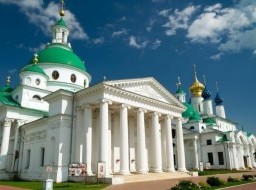
Golden Ring Tour from Moscow
From
US$ 1547
per person, based on 4-people group

St. Petersburg and Moscow (hotel is not included)
From
US$ 2613
per person, based on 4-people group
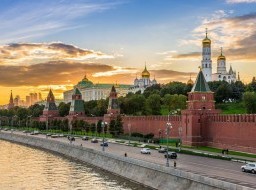
One-Day Private Moscow Tour from St.Petersburg with Kremlin and Armory Visit
From
US$ 463
per person
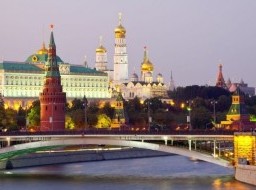
Grand Tour of Moscow (Red Square, Metro, Kremlin, Armoury, Arbat)
From
US$ 183
per person
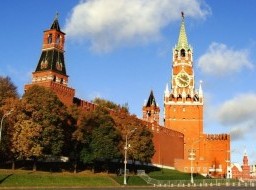
Private Tour of the Moscow Kremlin and the Red Square (by car)
From
US$ 121
per person
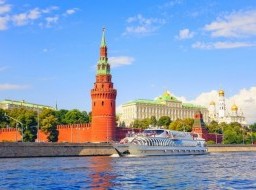
All-inclusive private tour: Moscow Highlights Overview tour by car and Scenic Ri...
From
US$ 0.00
per person
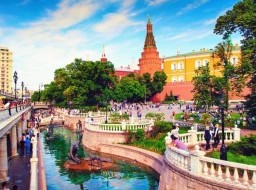
Private tour: Highlights of Central Moscow with Kremlin, Metro Tour and Scenic R...
From
US$ 156
per person
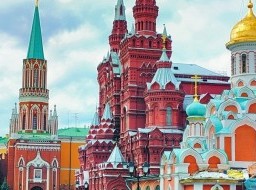
Exploring Red Square, Kremlin and St.Basil Cathedral Private Tour
From
US$ 119
per person
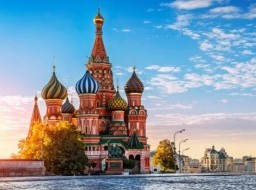
Skip the line: Moscow in One Day Sightseeing Tour (Red Square, St. Basil's Cathe...
From
US$ 184
per person
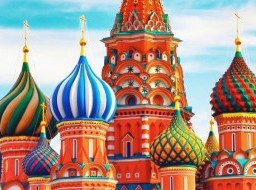
Moscow behind the Scenes with Incredible St.Basil’s Cathedral
From
US$ 71
per person
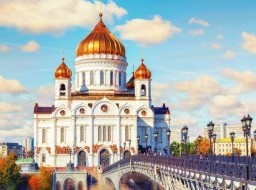
Check off the Major Moscow Sights Private Tour
From
US$ 35
per person
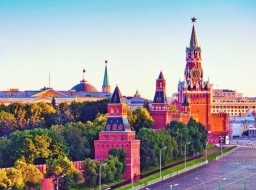
The Best of Central Moscow at a Glance: Red Square and Opulent Metro Stations To...
From
US$ 45
per person
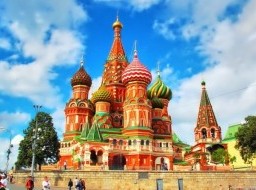
Explore Iconic Moscow on a Private Red Square, Kremlin & Cathedrals Tour
From
US$ 78
per person
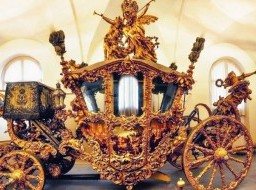
Private Kremlin Grounds and Armoury - Home to Ancient State Regalia
From
US$ 147
per person
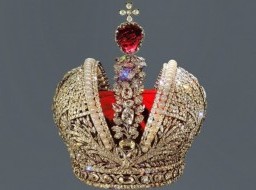
Private tour: Kremlin, Armoury: the World of Amazing Faberge, and Diamond Fund
From
US$ 0.00
per person
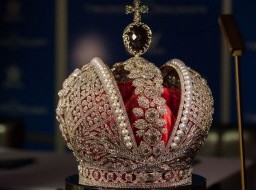
Explore Almighty Kremlin and Unique Collection of Russian Jewelers of the 18-20t...
From
US$ 87
per person
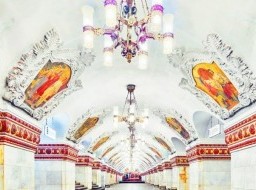
Underground Palaces of Moscow Metro and Arbat Street
From
US$ 39
per person
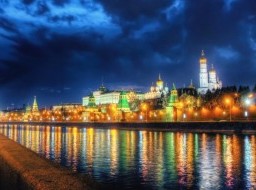
All-inclusive Private tour: Explore Stunning Moscow after Dark
From
US$ 69
per person
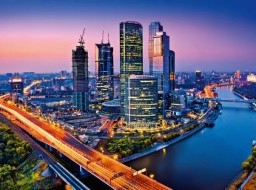
Moonlit Moscow and the Highest Located Observation Deck in Europe
From
US$ 153
per person
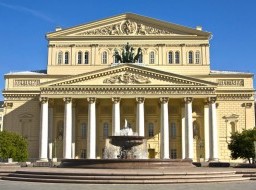
Legendary Bolshoi Theatre Historical Tour with the Highlights of Central Moscow,...
From
US$ 164
per person
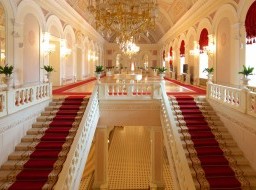
Bolshoi Theatre Historical Tour E-ticket (Thursday only)
From
US$ 45
per person
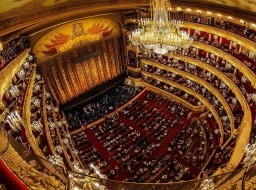
Legendary Bolshoi Theatre Historical Tour with the Highlights of Central Moscow ...
From
US$ 117
per person
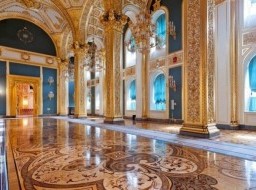
Exclusive Grand Kremlin Palace Tour - Visit the Official Gala Residence of Russi...
From
US$ 243
per person
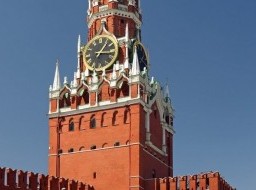
The Kremlin & Cathedrals Private Tour (with roundtrip transfer)
From
US$ 128.00
per person
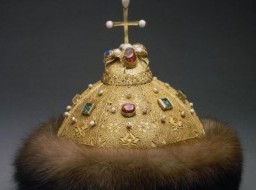
Skip-The-Linе Armoury Chamber of Kremlin. Lose yourself in the Crown Jewels and ...
From
US$ 112
per person
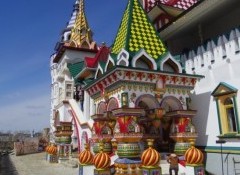
Private Moscow Flea Market and Vodka Museum Tour
From
US$ 55
per person
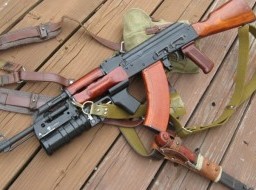
Shoot Soviet and Russian Army weapons: World Famous Kalashnikov AK-47 - Dragunov...
From
US$ 176
per person
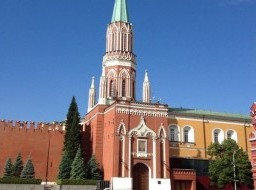
Red Square walking tour and Bunker-42
From
US$ 130
per person
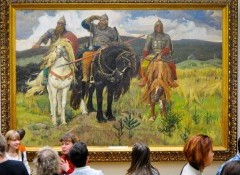
Russian Art through Centuries: Tretyakov Picture Gallery with Metro tour
From
US$ 60
per person
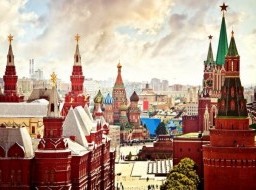
Moscow Highlights Sightseeing Tour
From
US$ 119
per person
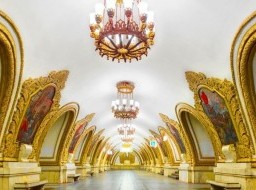
Tour of famous Moscow Metro. Explore the Underground World!
From
US$ 38
per person
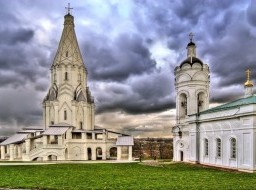
Architecture Tour of Moscow's Metro and Kolomenskoye Estate
From
US$ 92
per person
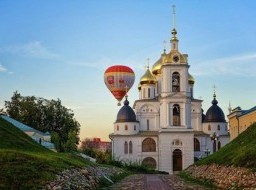
Moscow: Hot Air Balloon flight and city tour with Russian lunch at ancient Russi...
From
US$ 499
per person
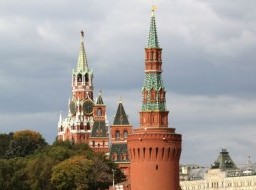
Highlights of Russia's capital - Moscow (hotel not included)
From
US$ 305
per person, based on 4-people group
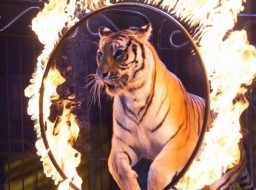
Classical Russian Circus. Make the most of your time in Moscow!
From
US$ 150.08
per person
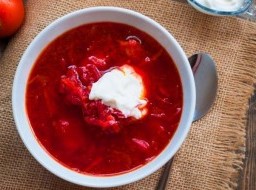
Private Cooking Class: Learn the secrets of Borsch and Beef Stroganoff
From
US$ 134
per person

Private tour: Traditional Russian Home-Cooking Experience. Learn how to cook Bli...
From
US$ 135.17
per person

Private Cooking Class: Hands-on Siberian Pelmeni Making Experience
From
US$ 134.83
per person
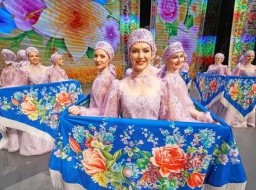
Journey into the Heart of the Russian National Dance & Music World in Moscow
From
US$ 61
per person
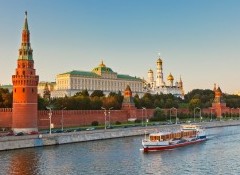
Moscow express tour
From
US$ 1,372
per person
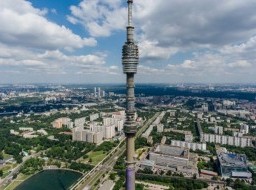
Moscow Off the Beaten Track: Museum of Cosmonautics, Sky deck of Ostankino Telet...
From
US$ 203
per person
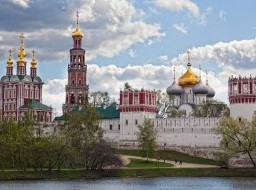
Novodevichy Convent and Cemetery tour (with metro ride)
From
US$ 69
per person
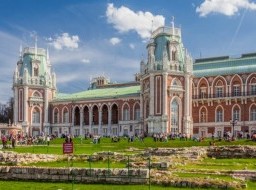
Private Tour to Tsaritsyno Park and Palace (with metro ride)
From
US$ 119
per person
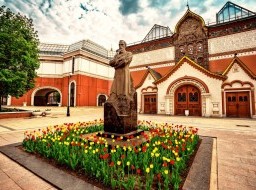
Explore Russian Art: Private Tretyakov Gallery Tour (with transport)
From
US$ 75
per person
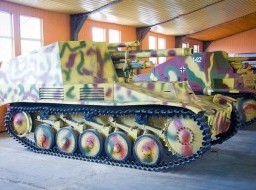
Discover World's largest armored vehicle museum. Kubinka Tank Museum Tour from M...
From
US$ 154
per person
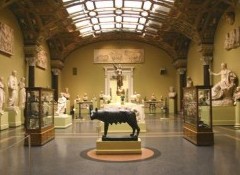
Pushkin State Museum of Fine Arts. Enjoy the rich art collections in Moscow!
From
US$ 118
per person
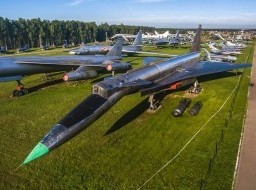
Private Tour to Russia's Largest Aviation Museum: Monino Central Air Force Museu...
From
US$ 159
per person
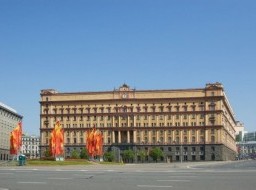
Private Tour of Communist Moscow: Hidden pages of USSR
From
US$ 34
per person
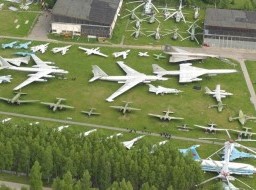
Private Tour to Russia's Largest Aviation Museum: Monino Central Air Force Museu...
From
US$ 214
per person
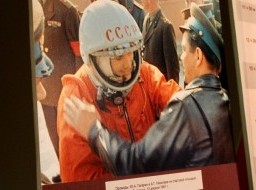
The Space Race - Moscow's Memorial Museum of Cosmonautics and VDNKH
From
US$ 95
per person
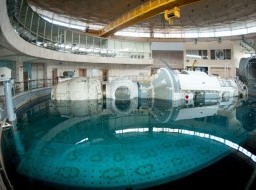
Yury Gagarin Cosmonauts Training Centre (Zvezdny Gorodok - Star Town)
From
US$ 183
per person
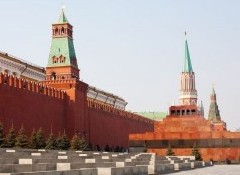
Moscow Classic
From
US$ 2,388
per person
Join-in Tour: Moskva River cruise
From
per person, based on 4-people group
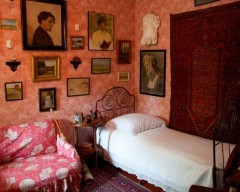
Russian Literature Tour. Anton Chekhov's House. Get to Know One of the World's M...
From
US$ 122
per person
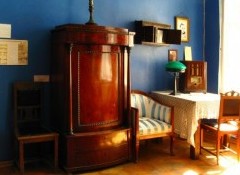
Bulgakov Apartment - Museum
From
US$ 70.75
per person

Novgorod, Pskov, Izborsk, Pechory, Smolensk - A Trip to Ancient Russia
From
US$ 1,362
per person
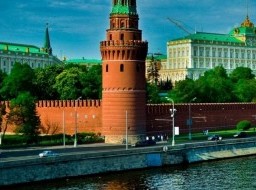
Moscow City Tour and Scenic River Cruise
From
US$ 156
per person
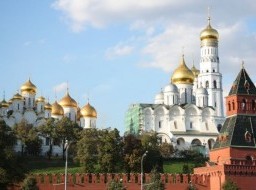
Moscow Classic Tour
From
US$ 2,399
per person
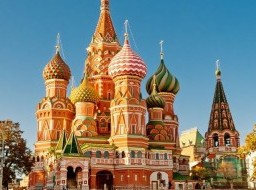
The Best of Moscow in 2 days with 3-course Traditional Russian Lunch with Vodka ...
From
US$ 285
per person, based on 4-people group
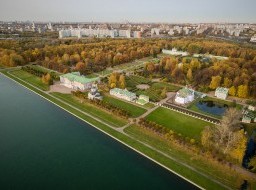
"Moscow Versailles" Kuskovo estate tour - unique cultural monument of...
From
US$ 107
per person
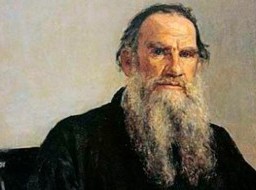
The State Museum of Lev Tolstoy Private Tour
From
US$ 62
per person
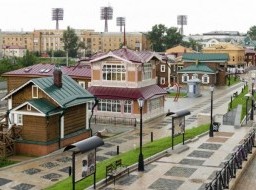
Moscow - Yekaterinburg - Novosibirsk - Irkutsk - Ulan-Ude - Khabarovsk - Vladivo...
From
US$ 2,616
per person
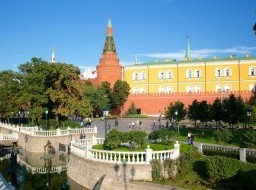
Moscow - Yekaterinburg - Novosibirsk - Krasnoyarsk - Irkutsk - Ulan-Ude - Khabar...
From
US$ 3,007
per person
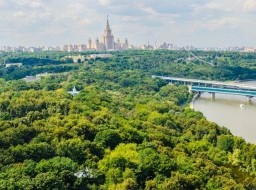
Moscow - Irkutsk - Ulan-Ude - Khabarovsk - Vladivostok
From
US$ 2,169
per person
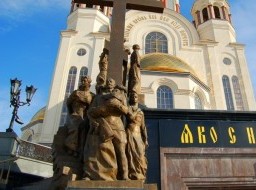
Moscow - Yekaterinburg - Novosibirsk - Irkutsk - Ulaanbaatar - Beijing
From
US$ 2,217
per person
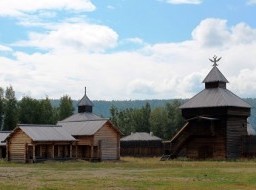
Vladivostok - Khabarovsk - Ulan-Ude - Irkutsk - Novosibirsk - Yekaterinburg - M...
From
US$ 2,947
per person
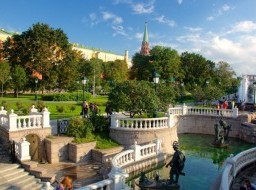
Beijing - Ulaanbaatar - Irkutsk - Novosibirsk - Yekaterinburg - Moscow
From
US$ 2,536
per person
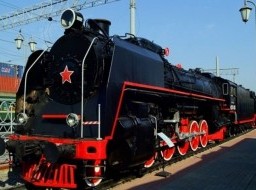
Steaming walk
From
US$ 24.00
per person
Private Tour for Lobna Aljundi, Moscow, 7 days, 5 pax
From
per person, based on 4-people group

